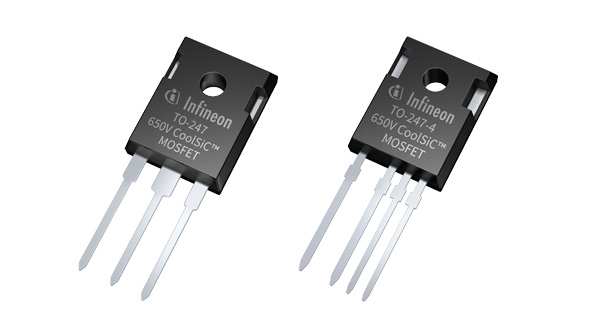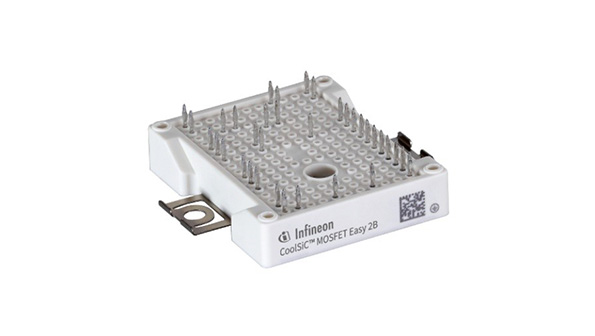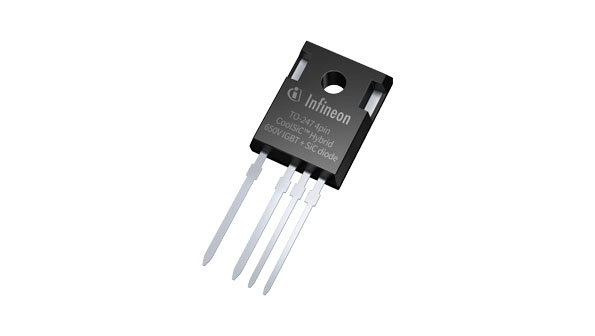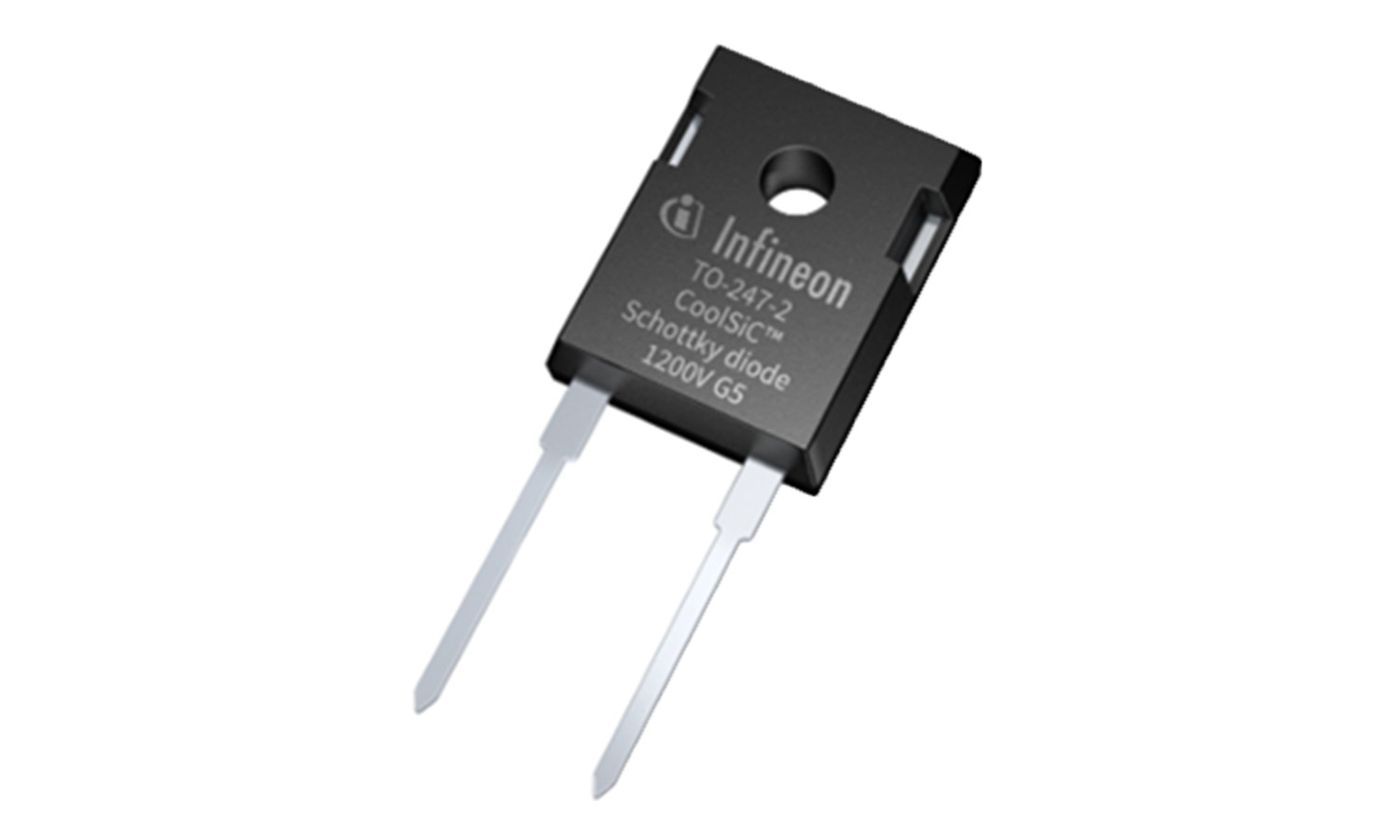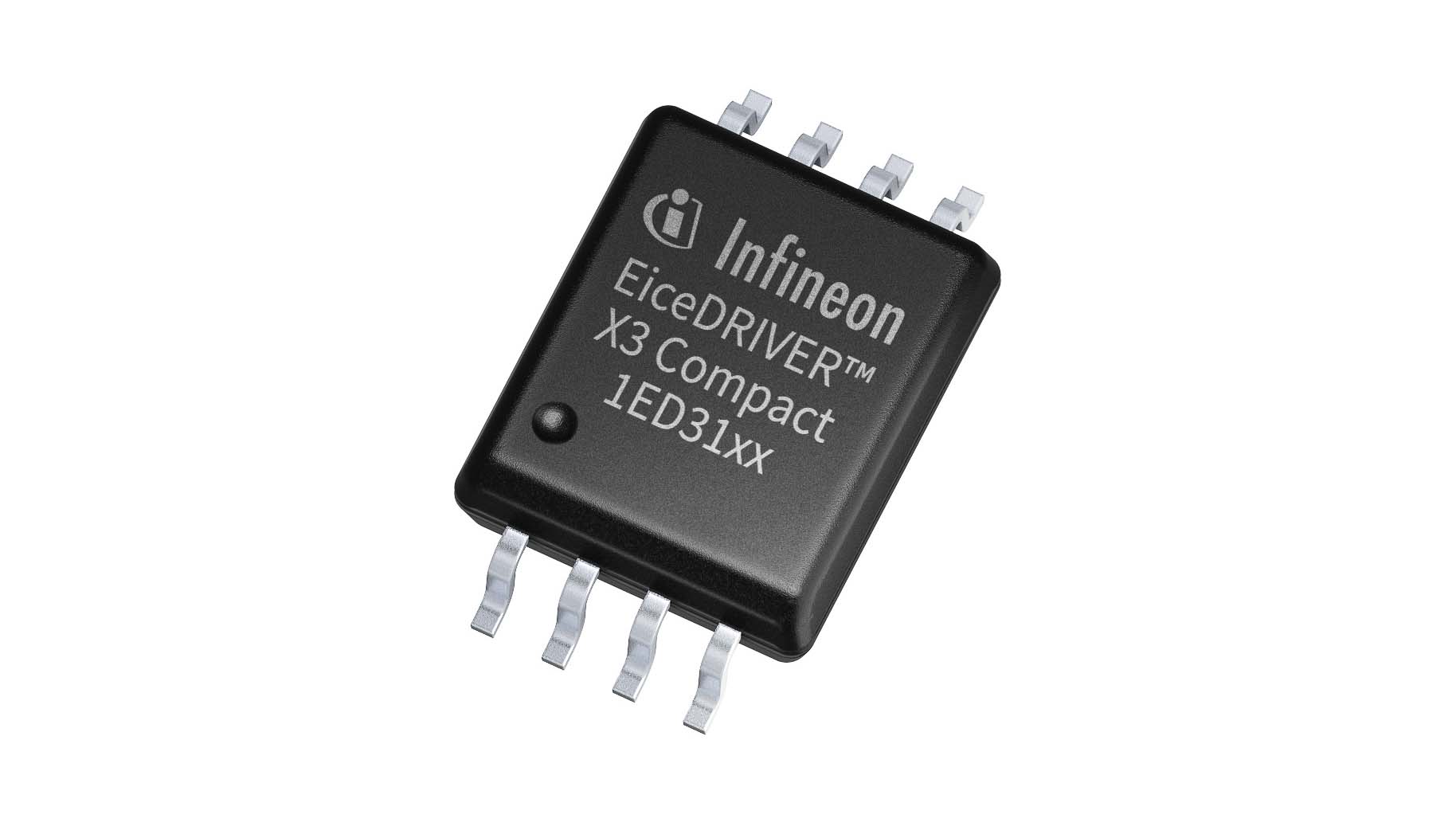Chargers up to 150 kW
Filling the gap between home and highway with scalable DC charging
Electric vehicle (EV) owners are no longer city-dwellers or short-distance commuters. That is why it is critical that charging opportunities are not exclusive to the home or office. High-power DC chargers up to 350 kW offer fast-charging opportunities along the highway for quick top-ups, but chargers up to 150 kW are the perfect solution for daily use in cities, filling the gap between residential and highway applications.
Fast EV charging up to 150 kW is becoming the preferred choice for urban areas and commercial applications because of its modular design and resulting scalability options. A single 50-kW unit can charge for 200 km in about 48 minutes, while stacking three of these 50-kW subunits or five 30-kW subunits into a 150-kW charger could cost-efficiently provide the same charge in about 16 minutes. While both options may take too long for a driver stretching their legs at a rest stop, they provide the perfect amount of time to buy some groceries or have a meal, giving drivers the opportunity to quickly and conveniently top up their battery throughout the day.
Infineon’s offering for designs up to 150 kW

When designing high-power DC chargers up to 150 kW, there are many considerations – from secure data and communications, to reliability, efficiency, and price. Infineon offers the most comprehensive portfolio on the market. With our combined system solutions that utilize the best products and technologies for your application, you will achieve the best price for performance, while benefitting from our experts’ extensive system competence. This includes our 600 V CoolMOS™ SJ MOSFET P7 and CFD7 families, our 650 V TRENCHSTOP™ IGBT7 T7 family and our 1200 V CoolSiC™ MOSFET. Our high-voltage switches portfolio is complimented by 650 V and 1200 V CoolSiC™ Schottky diodes. Since every switch needs a driver, and every driver needs to be controlled, we also offer the right EiceDRIVER™, as well as XMC™ and AURIX™ microcontrollers for EV charging designs. Infineon’s AIROC™ Wi-Fi & combos portfolio integrates Wi-Fi and Bluetooth® in a single-chip solution. OPTIGA™ products round out the offer, ensuring data protection and security.
With a broad portfolio of high-quality discrete solutions, Infineon offers the right electrical components to create efficient, cost-optimized EV charger designs. Simply put, Infineon is the only one-stop shop for fast DC EV charging that enables you to achieve higher efficiency and increased power density.
Technology trends
An EV charging system with a power rating between 30 kW and 150 kW typically relies on two-stage power conversion architecture. This features an AC-DC power conversion stage on the grid side and an isolating high-frequency DC-DC power conversion stage on the battery side. It combines base subunits of between 15 kW and 30 kW stacked to deliver up to 150 kW of power. Lower power subunits add functional modularity to the system, enabling a cost-efficient converter design consisting of discrete power components. Explore a system diagram of an EV charger up to 150 kW here:

System diagram: DC EV chargers up to 150 kW
Topologies and conversion
An AC-DC system comes after an EMI filter and serves as a controlled rectifier. Either level 2 active front end (AFE) or level 3 Vienna Rectifier topology is preferred for this stage. Both topologies ensure a stable DC link voltage based on the charger’s power rating, reaching up to 900 V. In particular, Vienna Rectifier is widely used for its higher efficiency and softer EMI signature. It also enables usage of 600 V power devices. Thanks to components like 1200 V CoolSiC™, level 2 active front end with a power factor correction topology is growing in popularity. Its capability to operate bi-directionally makes it particularly attractive.
The DC-DC conversion stage is shown in two systems: DC voltage to high frequency AC voltage on the isolation transformer’s primary side, and high frequency AC to DC voltage rectification on the secondary side. The applicable topologies are commonly resonant, hard switching full bridge, phase shifted, ZVS, full bridge converters. Resonant LLC converter topology with a single bridge (1200 V SiC) or cascaded bridges (600 V) is widely used in this power conversion stage.

Podcast4Engineers: Vision for eMobility: 10 kWh for 100 km
How do semiconductors ensure electric vehicles are efficient and fun to drive at the same time?
Listen to our newest Podcast4Engineers episode and join our experts Dirk and Christoph discuss how semiconductors not only enable #decarbonization in eMobility, but also ensure the “fun-to-drive” factor.
Podcast4Engineers: Fast EV charging
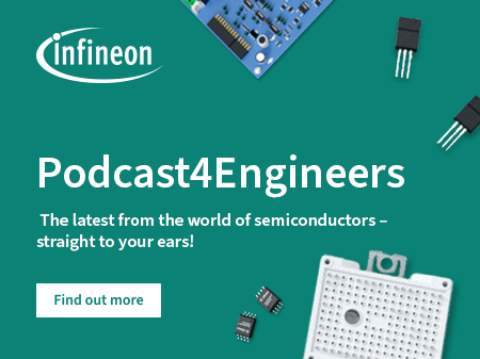
Today, a DC charger with 150 kW can put a 200 km charge on an EV in around just 15 minutes. As fast charging and battery technologies continue to evolve and improve in the near future, experts anticipate the charging time to drop even further. Listen to our Podcast4Engineers episodes as our Infineon experts discuss the latest trends and challenges in EV charging and how our one-stop product and design portfolio can help design energy-efficient DC EV chargers today.
自宅で電気自動車 (EV) を充電できるのは便利です。しかし、ウォールボックスはどうやって選択すればよいでしょうか。「専門家に質問」では、弊社の専門家ハカンがACウォールボックスの特長について説明します。
ACウォールボックスを接続し、安全に保つことが重要なのはなぜでしょうか。この「専門家に質問」では、当社の専門家であるHakanが、接続性がいかに充電をより便利で効率的にし、コストまで削減できるかを説明します。
This introduction video is about the DC-Charger as a backbone of current and future electric mobility. Our expert briefly explains the application, the challenges and some of the driving forces behind it. It closes with a hint on how and where to find suitable Infineon-Products easily.
Webinars
Driving decarbonization and digitalization together is crucial and the IGBT7 technology plays a major role along this entire energy chain. This training video will introduce the discrete TRENCHSTOP™ IGBT7 family and share its five decisive values and the application positioning.
In the technical introduction training, you became familiar with the full-bridge transformer driver family 2EP, which is a reliable power supply that supports Infineon’s top-notch switches and isolated gate drivers. By the end of this deep dive, you will be able to describe the working principle of this family and know about possible applications by understanding the effect of input voltage changes, transformer transfer ratio, and duty cycle changes on the isolated output voltage.
This video will introduce you to the 2EP EiceDRIVER™ power family, along with its features and advantages. Additionally, you will have an overview of the extensive application scope of the 2EP.
As electro mobility increasingly becomes part of our daily lives, the need for more efficient charging solutions is growing. With an eye on the requirements and technological developments in this field, the challenge is to respond with smart and compact power conversion solutions for the charging networks of today and tomorrow. In this webinar, you will gain deeper insights, into Infineon's comprehensive DC-EV charging portfolio with a focus on silicon carbide and its important contribution to ultra-fast EV charging.
Today's global challenges of decarbonization, combined with rising energy demand, make bi-directional electric vehicle charging and how semiconductor solutions support this application more important than ever. In this webinar you will get an overview of the power conversion topologies for bi-directional DC charging and take a closer look at an application example based on Infineon's 50 kW Reference Design.
The training overviews the different types of chargers with focus on AC EV charging and its functionality, it also positions products from Infineon for the AC chargers with focus on control, connectivity and security. The training shows block diagrams of the difference solutions.
The training overviews the different types of chargers with focus on DC EV charging and its functionality, it also positions products from Infineon for the DC chargers with focus on control, connectivity and security. The training shows block diagrams of the difference solutions.
Online Courses

In this online course you will learn about cost-optimized, but highly efficient electric vehicles charging solutions based on IGBT and CoolMOS™, and explore Infineon’s wide portfolio that supports every segment of the EV charging application.
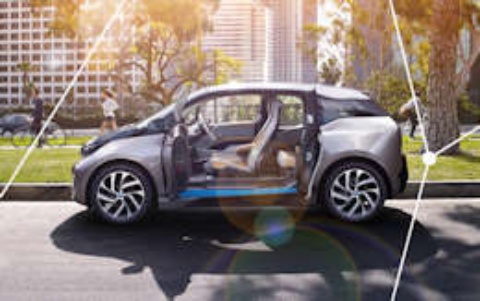
In this video, you will:
- Understand what Battery Electric Vehicle charging is
- Recognize the three different charging categories available
- Know how these categories can be implemented
With the growing market of electrical vehicles, the industry has put forward more requirements for the performance of charging piles. This e-learning will show you that the emergence of CoolSiC™ MOSFETs has improved the charging pile industry to make the EV charger smaller, faster and with higher efficiency.
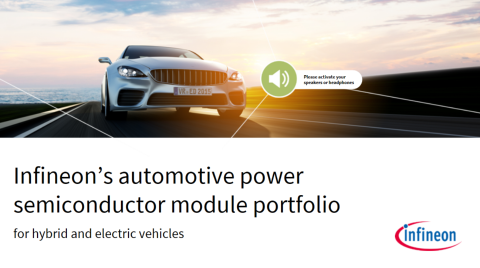
In this video, you will:
- Understand how Infineon’s power semiconductor module portfolio is a solution for the main challenges of the electric vehicle industry
- Know Infineon’s general value drivers as well as recent success stories on the electromobility market

Do you want to know the various topologies you can find in this power conversion stage and their top level working principle? Get to know the basic concepts of passive and two-level active rectification methods.
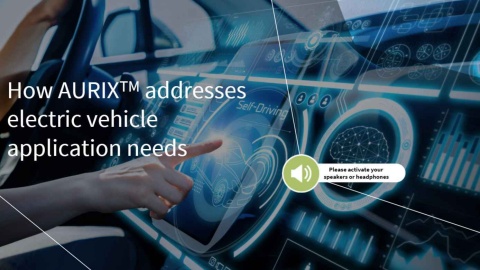
Training topics:
- Get to know how AURIXTM is able to answer the needs of the electric vehicle market
- Recognize and explore how AURIX™ TC3xx addresses key electric vehicle challenges, and understand the main features of the AURIX™ TC3xx microcontroller

